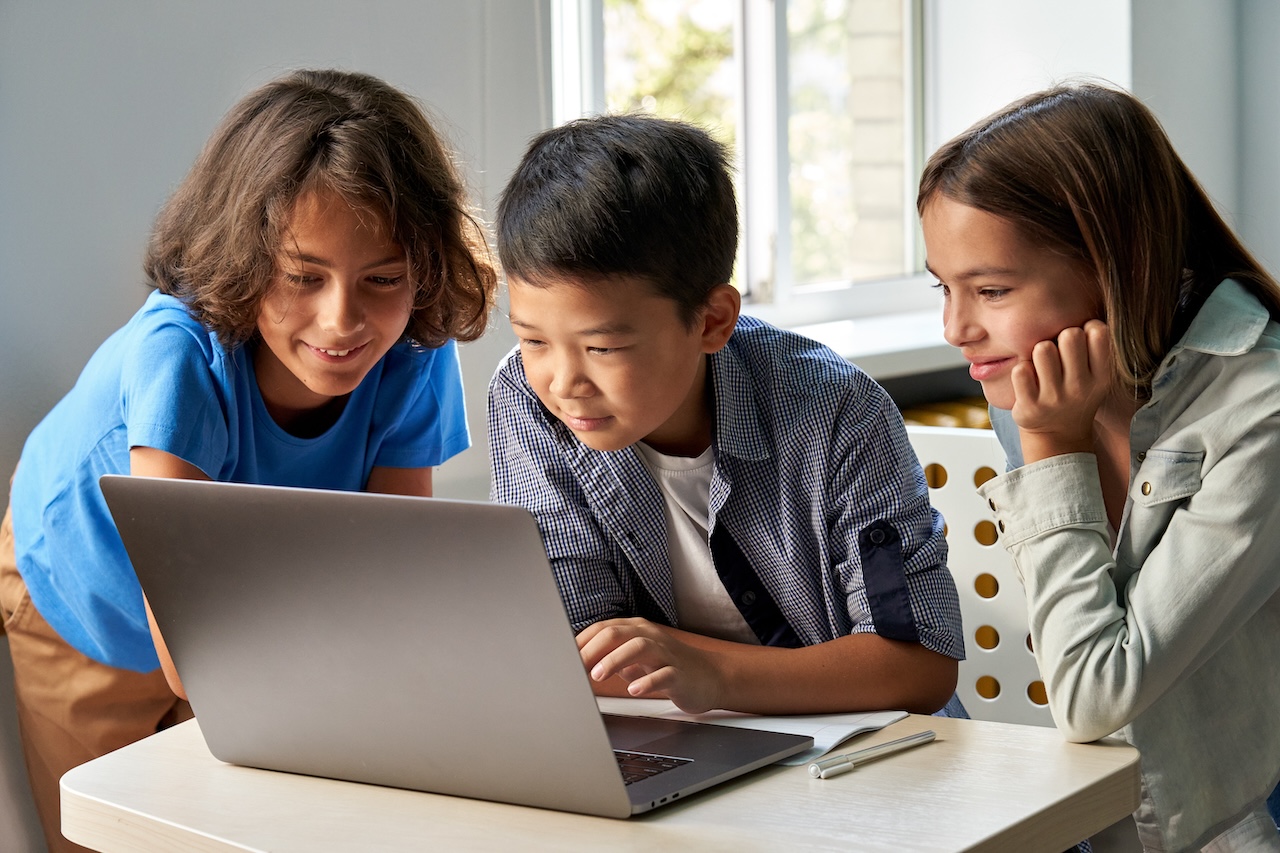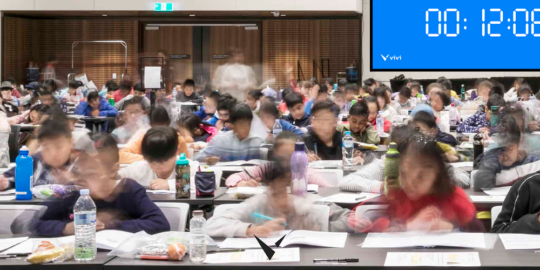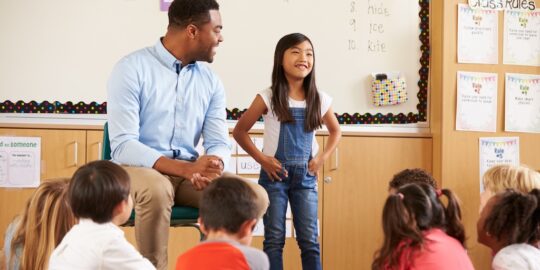
In an ambitious move to address online bullying and reduce children’s exposure to harmful content, the Australian Federal Government has introduced a new law banning social media for users under the age of 16. While the ban isn’t likely to take effect for a while, schools and educators are already beginning to consider how this legislation might impact their students and teaching practices.
The law has generated significant attention, not just for its intent but for its broad scope and potential challenges. Here’s a closer look at what this social media ban entails and how it could shape the educational landscape.
What does the social media ban involve?
Under this ban, children under 16 in Australia will be prohibited from using social media platforms—even if they already have accounts or parental permission. This means that many teenagers, including those as old as 15 who are active on platforms like Instagram or TikTok, would need to stop using these services once the ban comes into effect.
The definition of “social media” is extensive and will likely include major platforms like Instagram, Facebook, Snapchat, TikTok, and X (formerly Twitter), as well as apps such as Roblox, Reddit, and Discord. The Government has stated that YouTube and Google Classroom are likely to be exempt. However, this exemption has not been explicitly worked into the law, leaving room for this exemption to be revoked in the future. While other platforms may also apply for an exemption under a “low risk” framework, it’s unlikely that the most popular social media services will qualify.
How will the ban be enforced?
The enforcement of this legislation lies squarely with the social media platforms themselves. Companies will be required to take “reasonable steps” to block access to users under 16. Failure to comply could result in significant fines up to $50 million AUD.
To implement this, platforms will need to adopt robust age-verification measures. Options being considered include requiring users to provide identification documents or use biometrics, such as face-scanning technology. The government plans to share recommendations based on ongoing trials of age-assurance methods to guide platforms.
Importantly, neither parents nor children who break the rules will face penalties under this legislation, keeping the focus on corporate responsibility.
When will the ban take effect?
At the time of writing, it is expected social media companies will have a 12-month window to prepare their platforms to facilitate the ban. This timeline means the ban would likely come into force by early 2026.
What does the social media ban mean for schools?
For schools, the direct enforcement of this ban won’t be part of their responsibilities—that task belongs to social media platforms. However, this doesn’t mean schools won’t be affected. There are a few key considerations for educators:
1. Continuing social media education
While the legislation aims to protect younger users, it doesn’t eliminate the need for schools to focus on online safety. Educating students about responsible internet use remains critical, particularly as digital platforms continue to evolve. Schools can use digital signage or educational resources like ClickView’s content library to share reminders about online safety and reinforce positive digital habits.
2. Potential impact on educational tools
Although the legislation isn’t designed to target educational platforms, it could have unintended effects on widely-used tools in the future. For instance, YouTube—often used for sharing lessons and supplementary materials—have been told they will initially be exempt from the ban. However, with such an exemption not incorporated into the legislation itself, there is room for YouTube to fall under the ban’s broad scope down the track. Schools might need to explore alternative platforms or methods for delivering video content to students.
3. Addressing students’ concerns
For students who are already active on social media, this ban could feel restrictive and frustrating. Schools will play a role in helping students adapt by encouraging open conversations and promoting healthy offline interactions.

How can schools prepare?
Preparation is key for schools navigating this shift. Here are a few steps schools can take to adapt effectively:
- Audit educational resources: Ensure that essential tools and platforms remain accessible for students. If YouTube is affected, start exploring alternative platforms for video sharing.
- Expand digital literacy programs: Double down on teaching students about the importance of privacy, critical thinking, and respectful behavior online.
- Enhance communication with parents: Work closely with parents to share updates about the ban and provide resources to support their children in navigating these changes.
- Leverage existing technology: Use digital signage or screen mirroring tools like Vivi to share updates, promote awareness campaigns, and keep students informed about online safety.
Looking ahead
This legislation marks a significant shift in how young Australians interact with the digital world. While it presents opportunities to create a safer online environment, it also raises important questions about accessibility, enforcement, and its broader implications for education.



